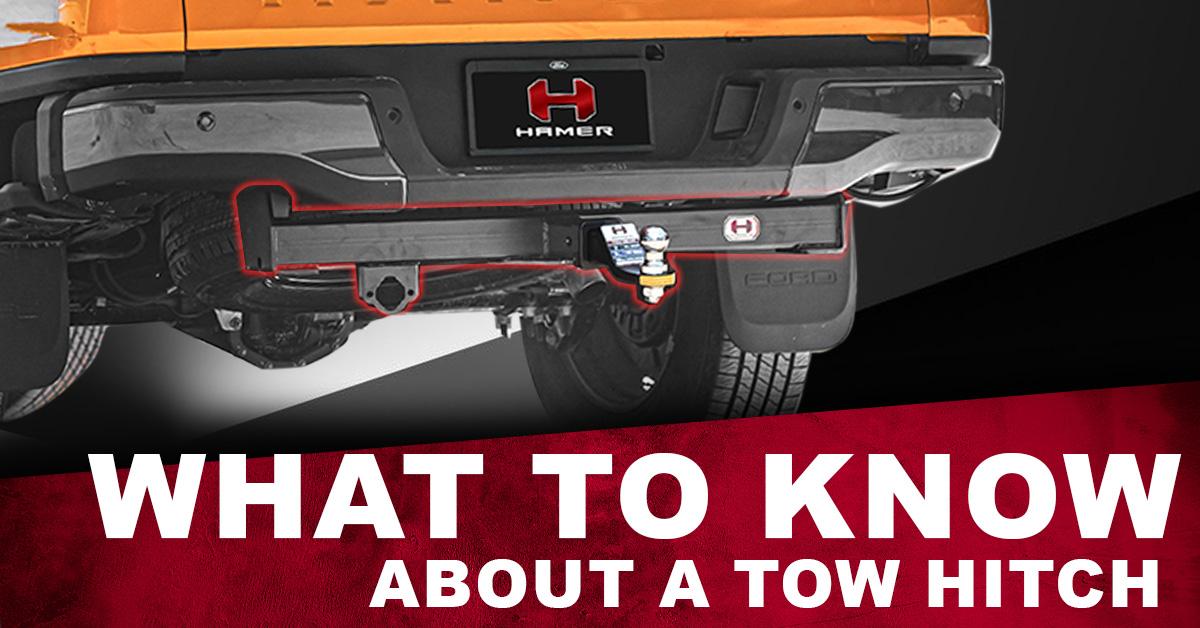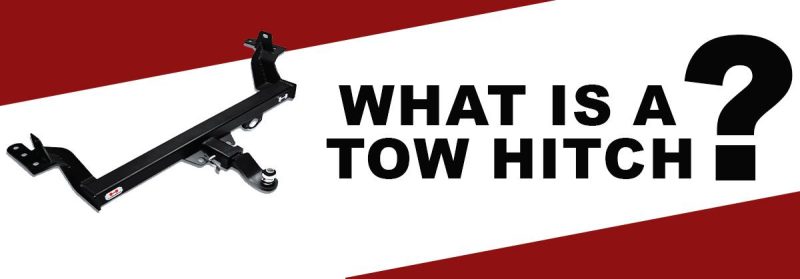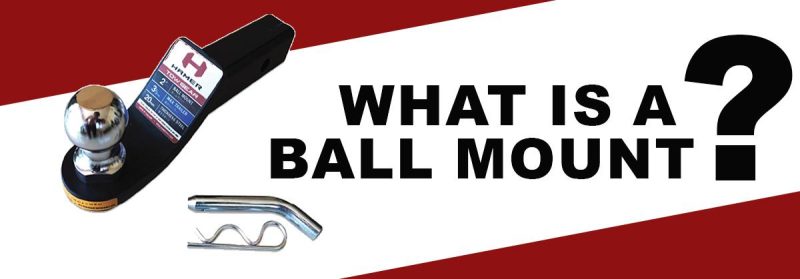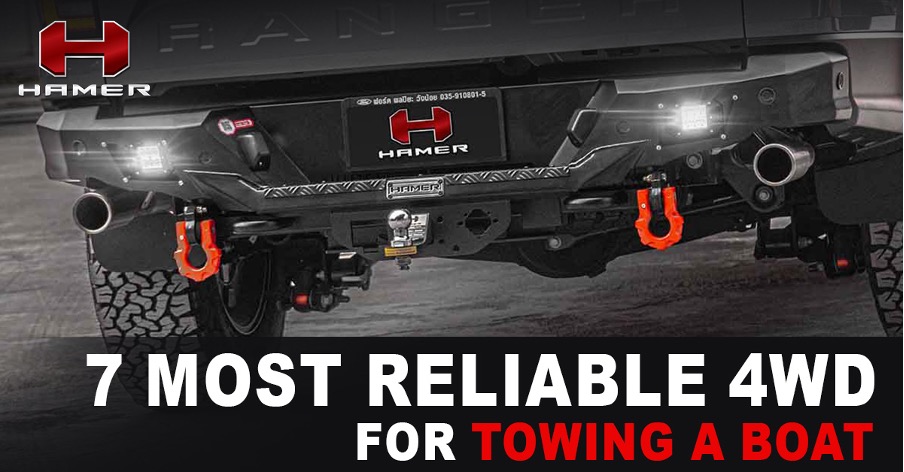NEWS & ACTIVITY
What To Know About A Tow Hitch
If you are in need of a tool to haul trailers and boats, this is the perfect option for you. Your vehicle’s towing abilities are only as good as your tow hitch.
When it comes to quality tow hitches, Hamer products offer premium designs, high-quality production process, and industry-leading engineering.
Their products are manufactured from high-grade heavy-duty steel, with a premium black powder-coated finish for durability and longevity.
What Is A Tow Hitch?
The tow hitch, or receiver hitch, allows you to hook a trailer to your vehicle for towing.
It includes a reinforced receiver that can accept a certain size drawbar, and each one is rated for a specific weight class.
The hitch you choose should have a towing class that corresponds with the capabilities of your vehicle.
Knowing the correct towing class is the most important thing to know before deciding on a trailer hitch. You should never haul anything that exceeds the towing compacity of your hitch or vehicle.
Not only does a tow hitch allow you to haul trailers and boats, but it can also be used for a bike rack or a cargo carrier for extra storage compacity for road trips.
How To Install a Tow Hitch
A lot of vehicles have provisions for a trailer hitch or a tow package when they leave the factory. So, in most cases, modifying the vehicle or drilling holes won’t be necessary.
In some cases, there may already be bolts in place, but if your trailer hitch includes new bolts, it’s best to use them. They should be the proper grade bolt for the weight rating for your hitch.
Preparing For Installation
Before installing, it’s always a good idea to properly prep the mounting point on the frame of your vehicle;
To clean, use a quality penetrating oil and wire brush that fits inside the threads. If the threads are particularly rusty, use a thread tap to clean them.
Once you have the threads properly cleaned, test one of the bolts included with the hitch to make sure it threads easily by hand.
Then clean the surface of the frame rail with a wire brush to ensure the hitch will mount flush.
Once you ensure the bolts thread properly and the frame rail is clean, you are ready to mount the hitch.
Tow Hitch Installation
Tow hitches are made from heavy-duty steel and are heavy; I recommend having a pair of second hands to help you.
-
Once the hitch is in place, put the provided washers on your bolts and start by threading the center bolts into the holes on both sides of the frame.
-
The teeth of the washer should be against the receiver hitch; make sure you get several turns on the bolts before taking pressure off the hitch.
-
Once both center bolts are started, install the remaining bolts. Use a ratchet and correct-sized socket to tighten the bolts until they are snug against the hitch and the hitch is fully seated against the frame, then torque the bolts to the manufacture’s specifications.
-
Now that your receiver hitch is installed, you’re ready to install your hitch ball, drawbar, drawbar pin, and retainer pin.
What Is A Ball Mount?
The ball mount is the connecting point responsible for securing your trailer to your vehicle.
It is crucial to select the correct ball size for the trailer you intend on towing, and the drawbar drop height.
Lifted vehicles will need a drawbar with a larger drop, it’s extremely important that the trailer will be leveled with the hitch for safe towing.
Ball Mount Installation
To install the tow ball, unscrew the nut and remove the lock washer from the ball and pass the threaded end on through the top of the ball mount.
Be aware that these parts might require tool sizes larger than you might have in the garage.
If you intend to tow different trailers often, there are hitch ball systems that include multiple ball sizes that make switching sizes quick and easy.
After installing the tow ball, insert the end of the ball mount into the receiver on your hitch and insert the retaining pin.
You are now ready to tow!
Conclusion
Installing a tow hitch is fairly straightforward, with the right tools and know-how you should have no problem having a successful installation.
Hamer products have everything you need to make your off-road build dreams a reality.
When towing, always practice safety recommendations and enjoy the journey!
Follow us on Facebook to get our latest news and promotions at: Hamer4x4










































































































